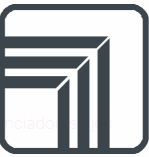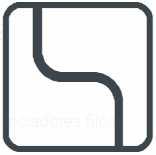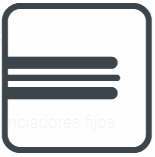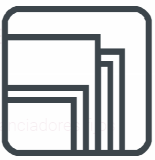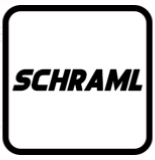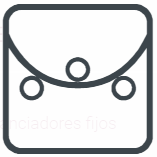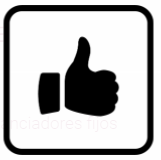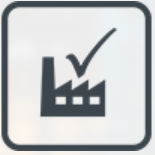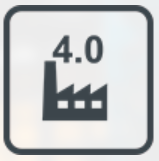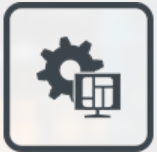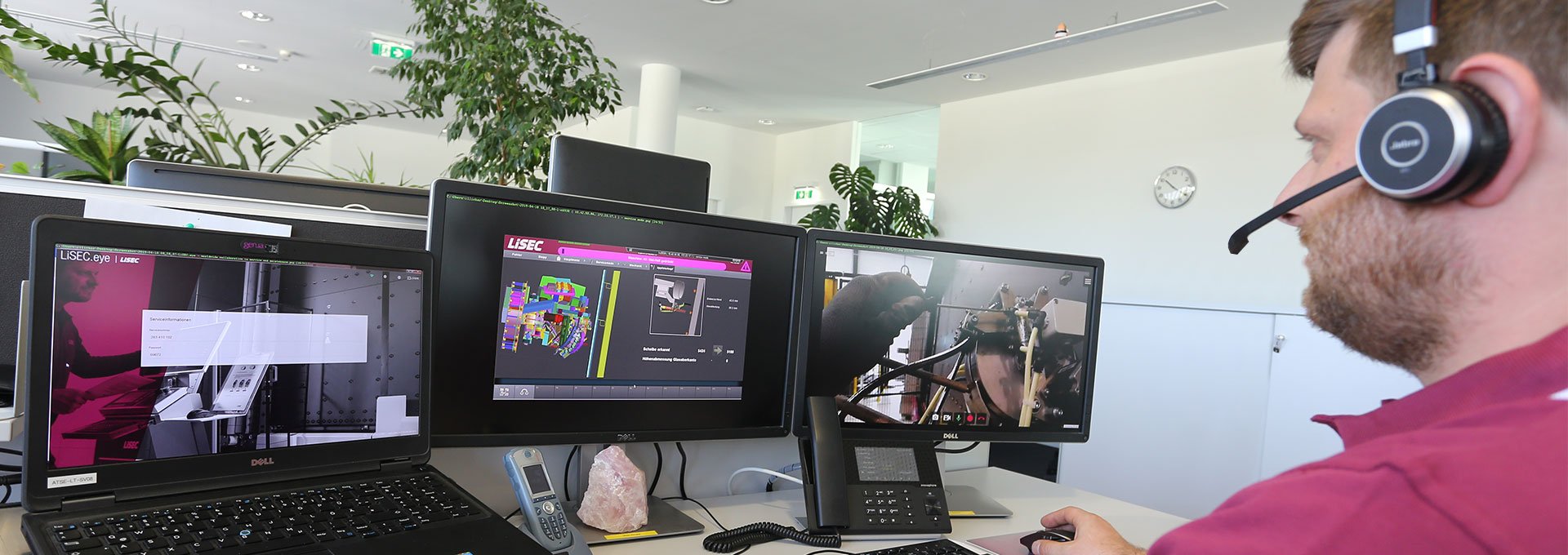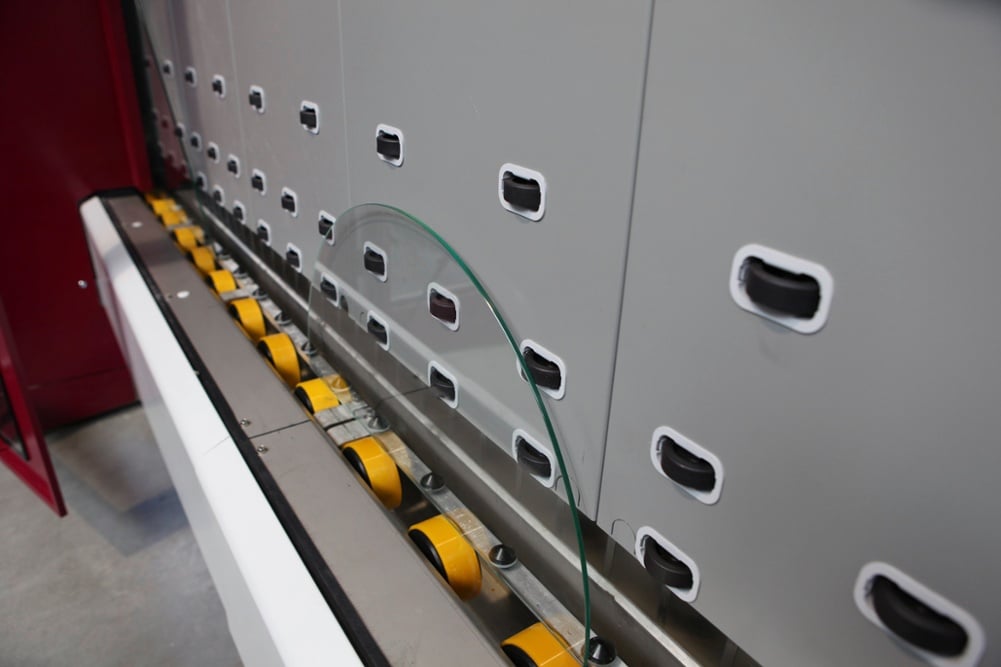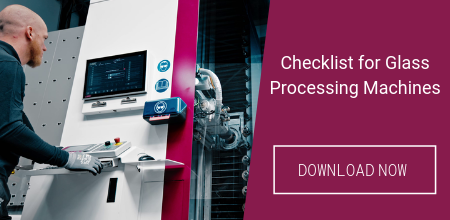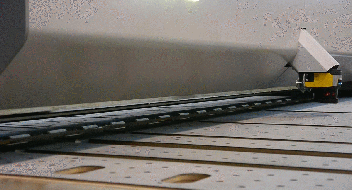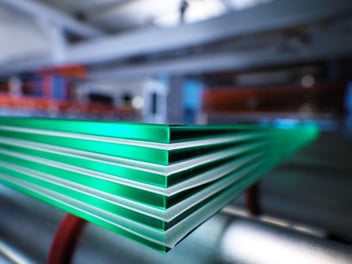Higher integration density now plays a central role in the further development of systems. Extensions, add-ons and improvements are not only a question of the hardware, but also of the production processes, and with this also of the control and management systems. Modular solutions are advantageous both in terms of time and cost.
Growing price pressure, which must be absorbed in the form of efficiency improvements, is the daily bread and butter of every manufacturer. Many entrepreneurs were certain that a few percentage points of cost efficiency in processes, combined with economies of scale from the growth achieved, would ensure survival each year.
Experience has proved them right, at least at times – but only up to a transition from an efficiency evolution to an efficiency revolution: when innovations enable sudden improvements on the cost side. Then the economies of scale take a back seat, and the principle that “the big fish eats the small fry” no longer applies. Instead, the winner is the one who is faster and more agile and can adapt better – true to Darwin's “Survival of the fittest”.
The accelerated technical further development thus also leads to an increasing pressure to innovate. With Industry 4.0, efforts have grown in particular to increase the integration of the manufacturing process in order to increase the degree of automation via a common database and integrative control processes based on it.
In addition, there is still great potential in glass production to better integrate the individual production steps. This is because the individual processing stations are often physically separated from each other, which makes time-consuming transport necessary.
From the road to the line
If integration is implemented consistently, you inevitably end up with a completely different production concept: No longer individual stations, arranged along a production line, but a production line on which the workpieces can pass through all the necessary processing steps. Here the system is loaded at one end, the finished product is removed at the other end.
The advantages cannot be dismissed. Many time-consuming intermediate steps are eliminated and both costs and throughput times are reduced. The control system can be centralised, the data on individual workpieces and order status is uniform and always up-to-date. Higher data quality leads to better decisions and fewer errors in processing – further building blocks to improved OEE (Overall Equipment Effectiveness).
But the question of costs also arises when implementing such an ideal-typical concept. A line that is prepared for all eventualities would be extremely complex and therefore expensive. If on the other hand, instead of the “all-rounder” only more economical basic processing is realised, which later turns out to be insufficient, additional adjustment costs are incurred.
Even if you are sure that the defined requirements are sufficient for the foreseeable future, the current construction boom and the high demand for glass products leave you in doubt as to whether a custom-designed system can be commissioned in time before the market shrinks again.
Out of the box, but individual
A way out of this dilemma is offered by modular solutions that can be configured and implemented step-by-step depending on customer requirements. For example, system operators can initially limit the higher level of integration to the processing steps required for standard products.
With the knowledge gained from this, integration can then be expanded step by step. This may be to have further products produced on the production line and thus streamline the previous work steps. Or to use the innovative technology to expand the portfolio.
The realisation of such solutions takes place quickly, as the design does not start on a white sheet of paper, but falls back on finished building blocks. The system is assembled from existing modules according to the customer's wishes, as in the modular principle. Uniform, defined interfaces make it possible to add further modules at a later date without great effort.
This allows the system to be expanded quickly and inexpensively to include additional functions. The individual modules themselves should also allow the choice between different options. This ensures that the system operator does not have to buy a system “off the peg”, but receives exactly the solution he or she needs.
Configuration tool instead of specification sheet
With the SPLITFIN line, LiSEC has developed a system that exactly meets these requirements. With an online configuration tool, the manufacturer makes it easy for their customers to select the individual modules and options because it takes into account the dependencies of individual decisions and thus prevents planning errors.
Start with the required maximum dimensions: Three glass lengths and two glass heights are available, which already allow five different combinations. This is followed by the decision on the available modules for edge processing, internal processing and washing machine.
Selected modules are immediately displayed on the visualisation so that you can get an idea of what the system will look like later. For each module there are further options with which the system can be customised: Grinding spindles, water jet processing, tool changer, brush design and much more are queried and taken into account on the graphic display.
With its own CAD/CAM applications, a graphical process editor and an interface to the ERP system, integration is also supported on the software side. The final analysis provides a front view and a top view of the configured line. The technical characteristics include specification of the length, height and depth of the line as well as the permissible glass dimensions that can be processed with it. And last but not least, all used modules are listed individually.
Where a completely new production site is not built “on a greenfield site”, but existing systems are to be retrofitted or expanded, the system can also be integrated into the existing system landscape (“brownfield”). The configuration tool offers the possibility for additional machine inlets, in each case before the edge processing, the inside processing or the washing machine.
This means it is possible for workpieces from other stations, where e.g. special processing steps are carried out, to be guided through the washing machine of the SPLITFIN line for example. The software applications for system control and production monitoring are also designed to integrate machines and systems from third-party manufacturers, thus deepening integration in the control station.
Good experiences create trust
This software integration is one of LiSEC's success factors in the highly competitive project business. Customers often justify their decision with a high degree of confidence in the functionality of the applications. Word is getting around that the central applications for monitoring the production status or the fleet of machines in the brownfield are really working reliably and this is opening doors.
The product quality that has established this reputation is no accident. This is because what distinguishes LiSEC from all other machine manufacturers is its in-house application. Originally founded as a glass manufacturer, machine construction has become a central pillar of the company's nearly 60-year history. Nevertheless, the company has always remained faithful to glass production and further strengthened this area in 2015 with major investments.
The Glass Forum at LiSEC's headquarters in Hausmening with a production area of 10,000 m2 has been designed as a LiSEC centre of excellence in which the latest in-house technologies are always used. This user perspective not only enables LiSEC to provide solutions for each individual step in glass processing. Rather, with a view to the entire system, it enables the development of cross-machine control software and data processing that functions reliably and is easy to operate.
Conclusion
The integration of the individual production steps into a continuous line and the associated advantages in data collection, system control and order processing offer great potential for improving efficiency. Shorter throughput times, lower error potential and resource savings contribute to cost reductions.
However, these successes must not be bought at a high price with elaborate designs that generate high development costs and may later entail new major expenditure for upgrades.
Modular, configurable solutions help to turn innovation leaps into real competitive advantages. This is particularly the case when software management is not limited to the integration of the individual modules, but also reliably handles the integration of other system components.


